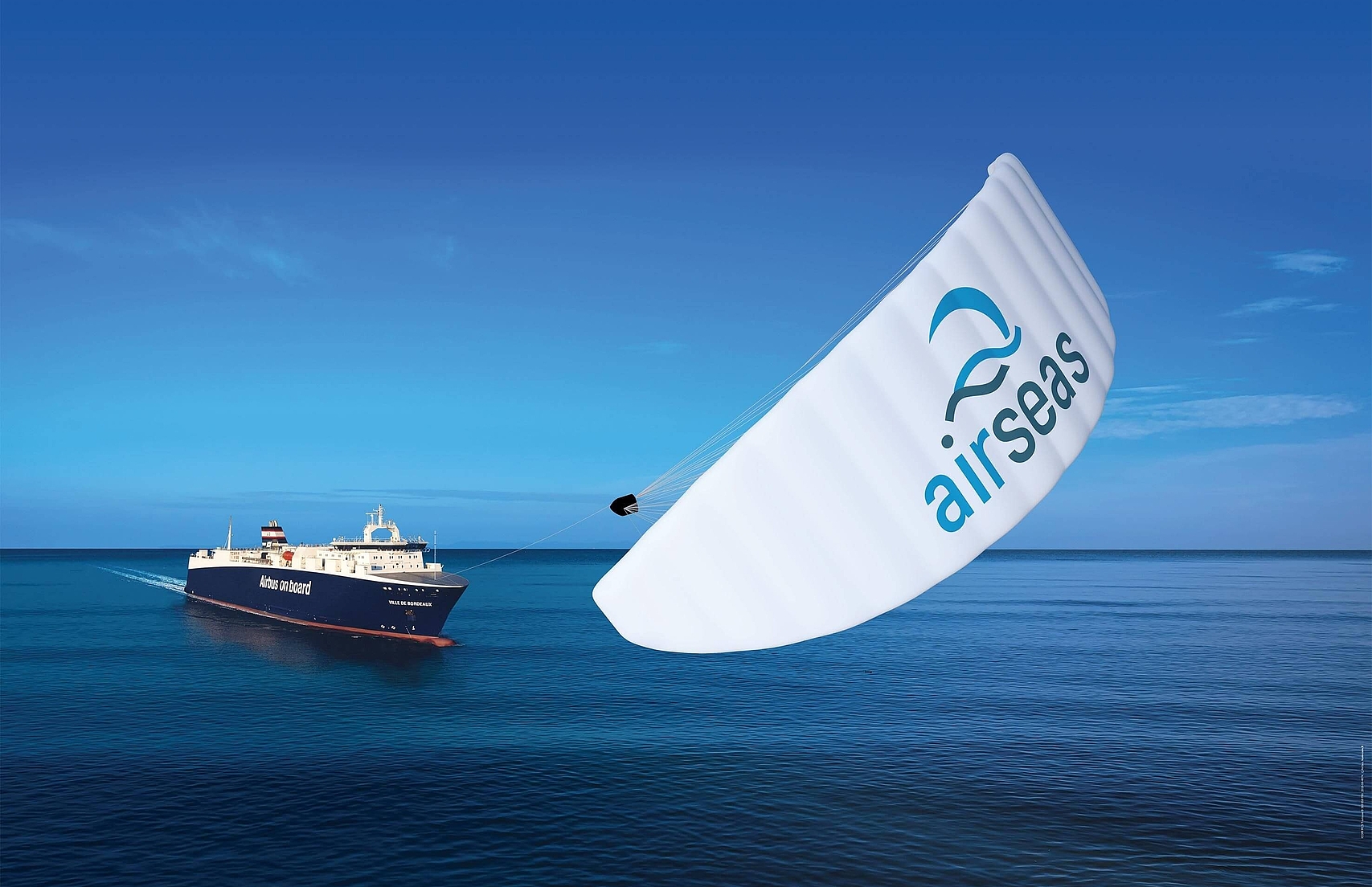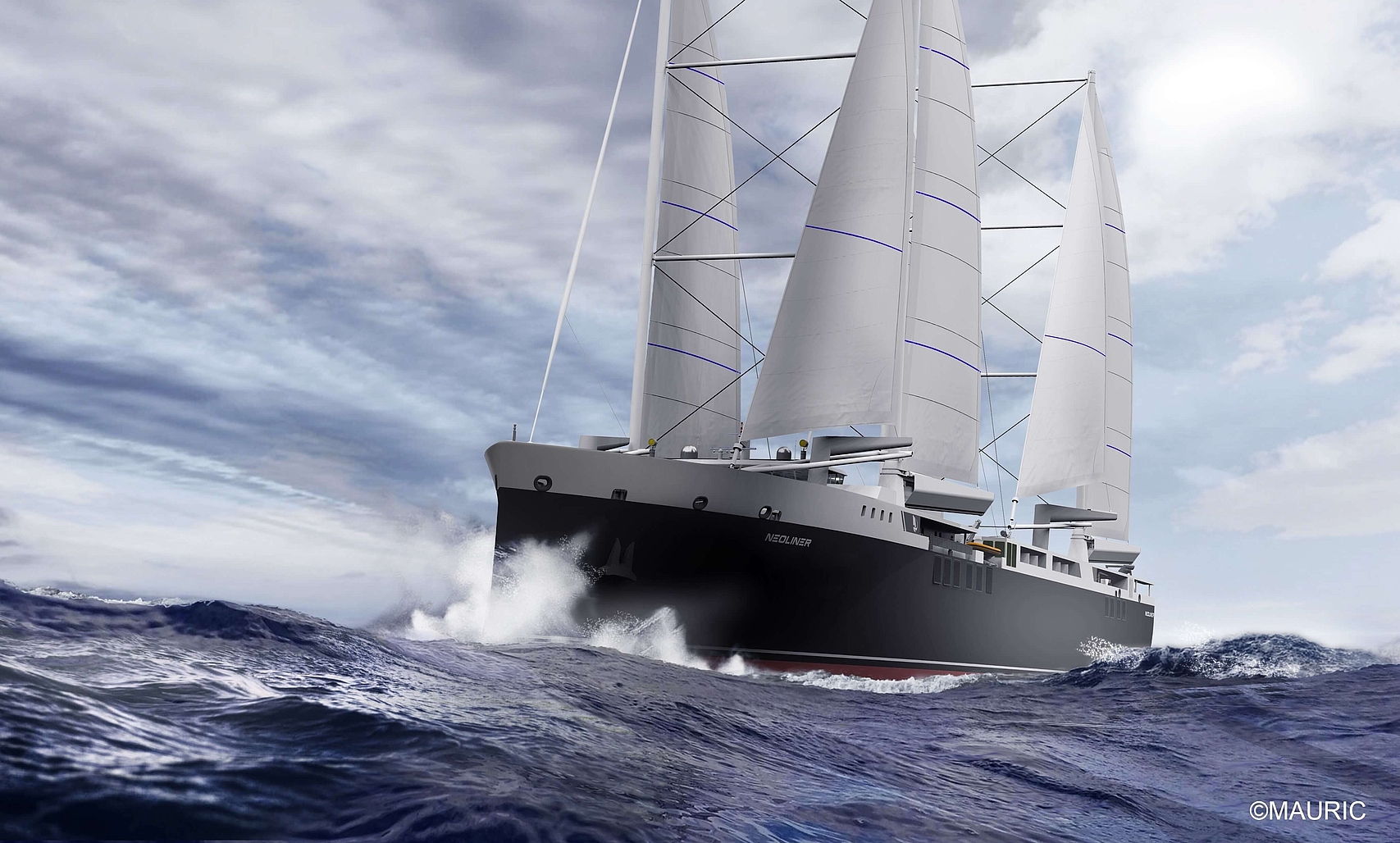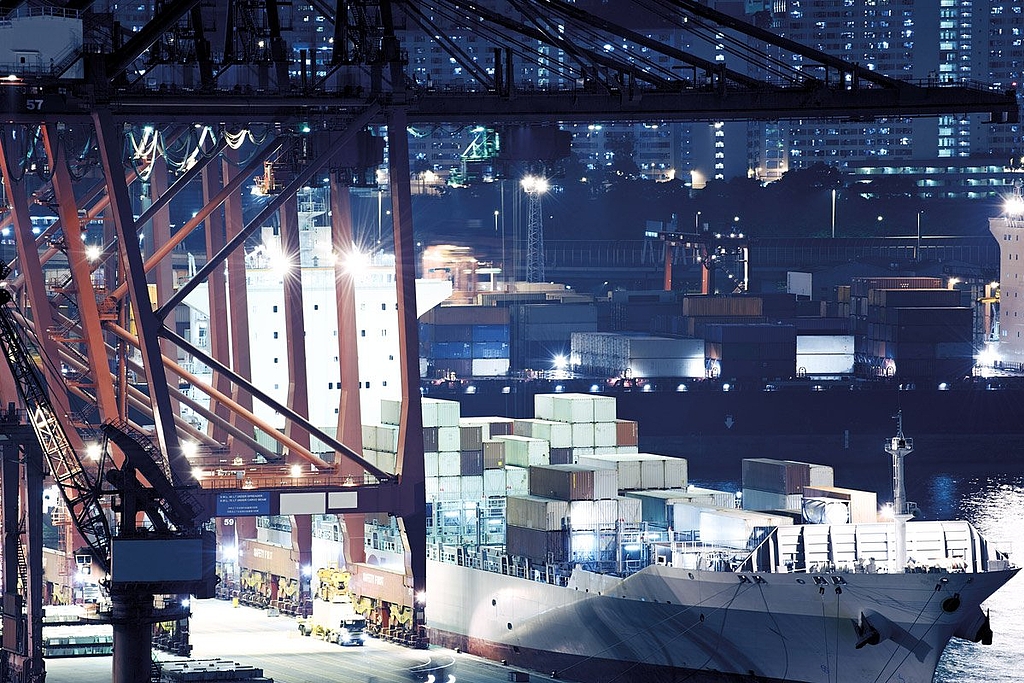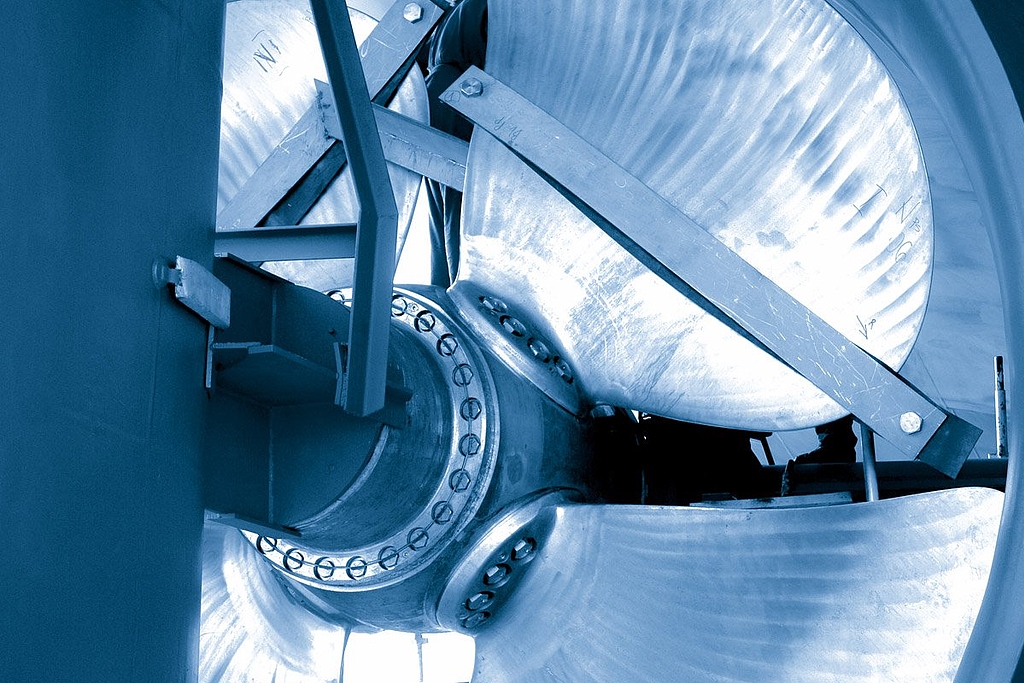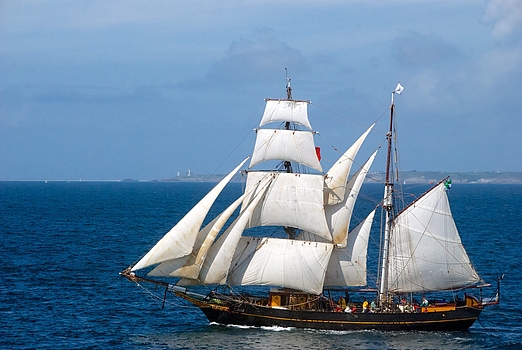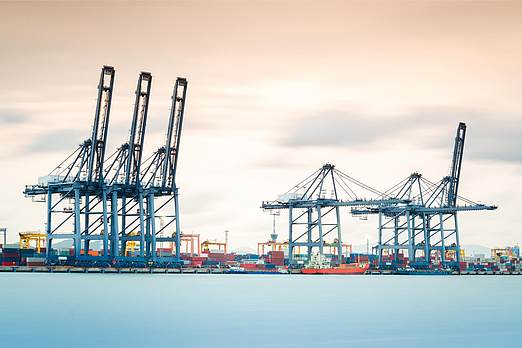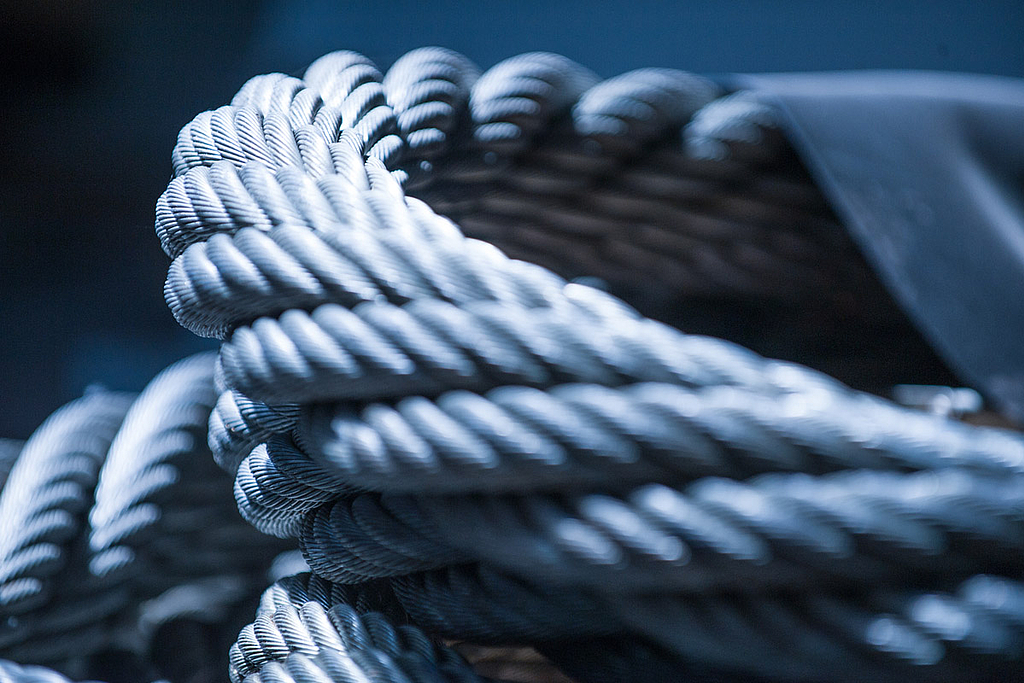Sails and kites support cargo ships
Reducing fuel consumption in a breeze
- Insights
Since mankind’s first endeavors on the high seas, we have taken advantage of the power of wind. In the past several years, cargo vessels have also made increasing use of wind power as a propulsion aid. Especially companies with fair trade and organic products often load their cargo on sailing ships. Beside the reduced speed, the largest stumbling block appears to be the limited space in the ships’ cargo holds. However, with the imminent tightening of emission regulations in the scope of IMO 2020, additional sails or kites are becoming more and more attractive as a support to conventional propulsion methods. The major benefits are cost savings and a reduction of the tremendous air pollution caused by sea transports.
